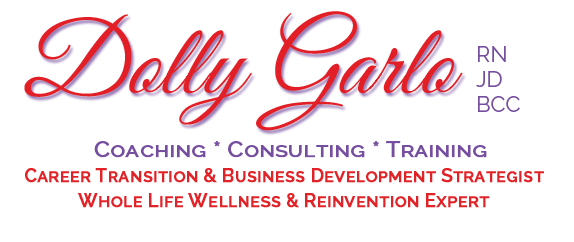The 2020/21 Olympics And A Pivotal Leadership Move

A year late, with the stress of Olympic participation during a global pandemic, U.S. gymnast Simone Biles withdrew from competition in the 2020 Games. I couldn’t be more proud of her decision.
Biles’ initial decision – to remove herself from team competition – demonstrated an amazing kind of feminine leadership in an intensely competitive arena. That is is so refreshing. It was underscored by also pulling out of individual all-around gymnastics competition to focus on her mental health and well-being.
This is a REALLY high stakes environment. Though not as extreme, similar ones exist in the world of professional and business work.
It seems coaching in sports has changed, too, since the days when Kerri Strug was ‘encouraged’ by her coach Bela Karolyi in the 1996 games to push through an injury and land a vault on one leg. The resultant injury forced her retirement from gymnastics at only 18 years old. Similarly, Dominique Moceanu, also a generational talent, retired from injuries shortly after.
At the top of their field, these greats felt pushed to the breaking point, and literally reached it – ending their early careers.
I wonder what professional or business woman in a masculine dominated leadership culture has not felt similarly pushed, rather than supported. To feel broken down rather than nurtured…
I suspect many. Maybe also you?
Here’s why it’s good that times are finally a-changin’
The Masculine – Feminine Continuum

Historically speaking, the professional and executive workplace, and especially leadership world, are a relatively new environment for women. And yet, they may more naturally bring, or reinforce, the feminine leadership skills that benefit those environments.
It has become quite clear that all those workplace roles can be fulfilled by either gender, even though the approach to those roles and the work involved may be different.
We now better recognize, accept, and even embrace both masculine and feminine approaches in most settings. The thing to understand is they are not gender based terms. Both women and men are capable of utilizing both feminine and masculine approaches. Here is what they look like:
The masculine approach includes skills like being:
- Analytical
- Competitive
- Singular
- Rational
- Determined
- Linear & logical
- Objective
- Assertive
- Goal-directed
The feminine approach includes skills like being:
- Intuitive
- Collaborative
- Multi-tasking
- Emotional
- Passionate
- Creative
- Empathetic
- Receptive
- Fluid / Flow-Directed
Utilizing a combination of both approaches is powerful. While some may be more innate for one person or another, developing all of them is a matter of nurture, not just nature.
Why It’s Powerful AND Important

Women entering male dominated workplaces – particularly since the end of WWII – have been required to learn and use masculine qualities in order to rise in stature and responsibility. Bringing their feminine-oriented approaches with them has benefitted workplace and the services delivered there by allowing a fuller expression of these traits by and for both genders. In the masculine dominated business world, mastering feminine leadership qualities may well be a superpower.
In a global survey conducted by John Gerzema and Michael D’Antonio, 64,000 people of both genders in 13 countries were asked about the leadership qualities needed to solve the most urgent problems in areas such as business, education and government. Called the Athena Doctrine, a full 2/3 of respondents ranked feminine leadership traits as essential to address those problems.
That is particularly significant in the developing world where women are more likely to reinvest their earnings into both their families and ways that benefit their local communities. They help raise the prosperity level for others.
In short:
Both men and women can utilize these feminine traits to lead.
Drop gender identification, and they are simply “good and effective” traits like empathy, vulnerability, humility, inclusiveness, generosity, balance, and patience.
~ Leigh Buchanan, editor-at-large for Inc. magazine and former editor at
Harvard Business Review, writing in her “Human Chess” blog.
The Greatest Good
That’s exactly what Simone Biles demonstrated by recognizing that removing herself from team competition when she wasn’t feeling her best would help her team’s performance. When faced with a very high pressure situation, she made that choice decisively, for the greater good, and supported the team members who competed – and they all, together, achieved the Silver Medal award as a result.
It could have been Gold? Not likely, when she knew she wasn’t in top shape mentally and emotionally to help the team get there. It could certainly have been no medals at all with errors. Peak performance requires a strong mental investment and emotional strength. Biles’ decision to exercise those “good and effective traits” and let her team do their best – allowed them to show up and do just that. They just had to be ready. They were ready – they were at the Olypics.
That’s what leaders exercising powerful feminine traits do to powerfully help their people create the greatest results.
Wonder what sort of feminine leadership skills you might have, that you could successfully employ in your work and life? Download my “Power of Feminine Leadership Qualities Activity Checklist” and see what you discover for yourself!
(No optin needed. Let me know what you learn about your own superpowers!)


